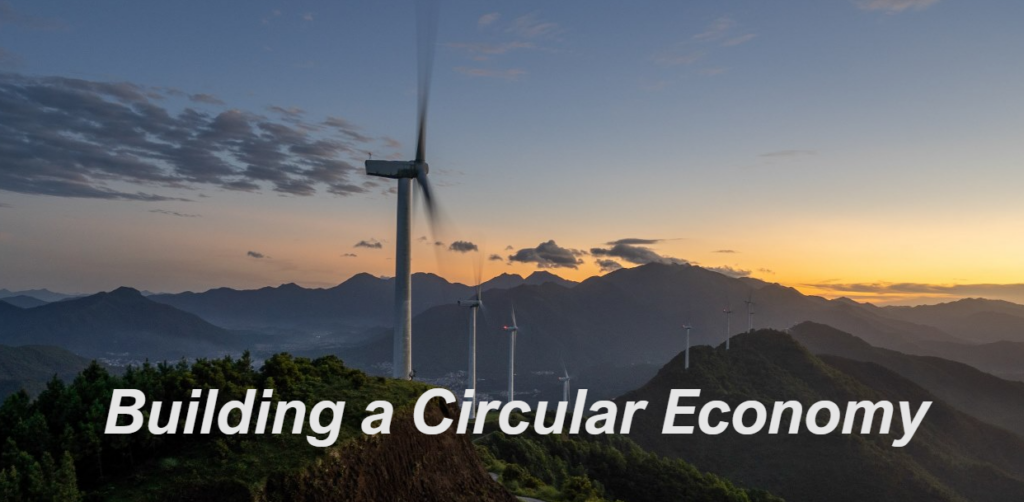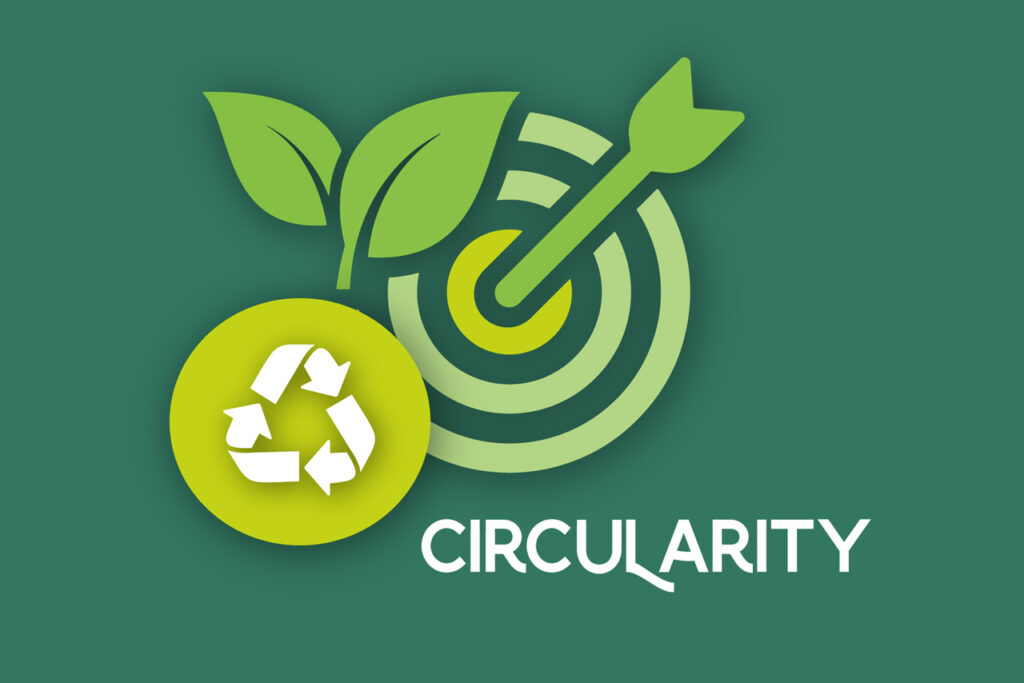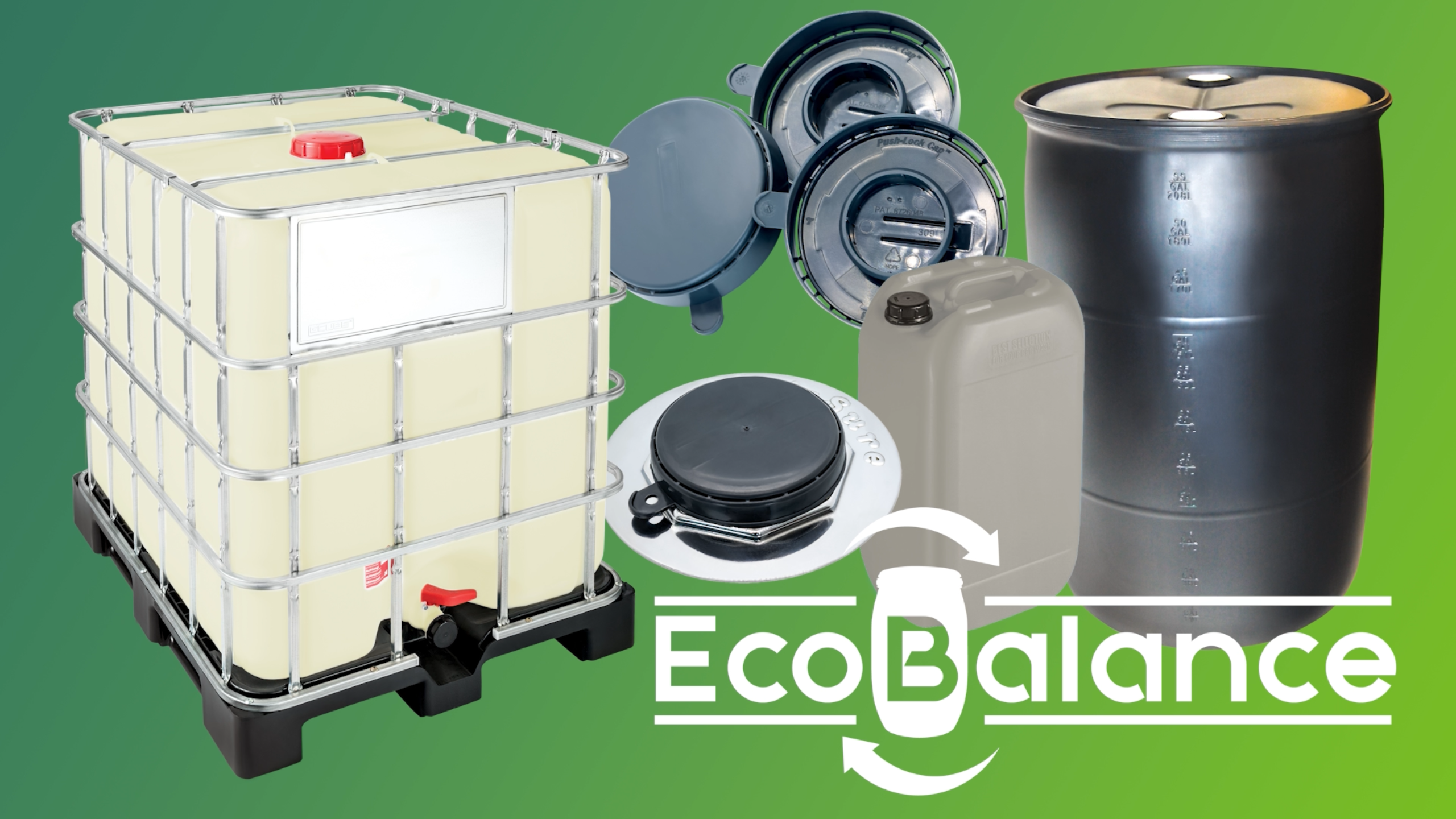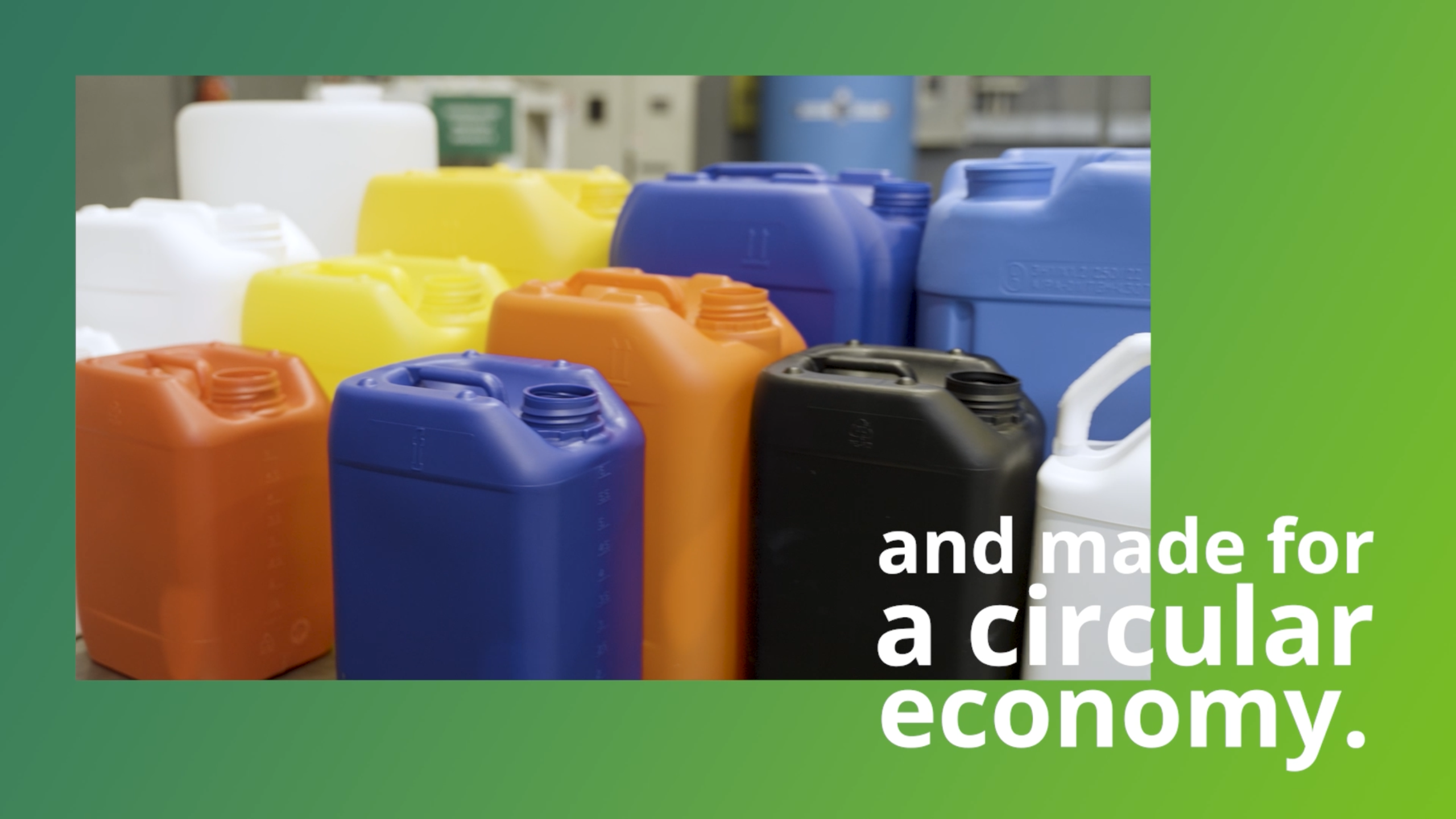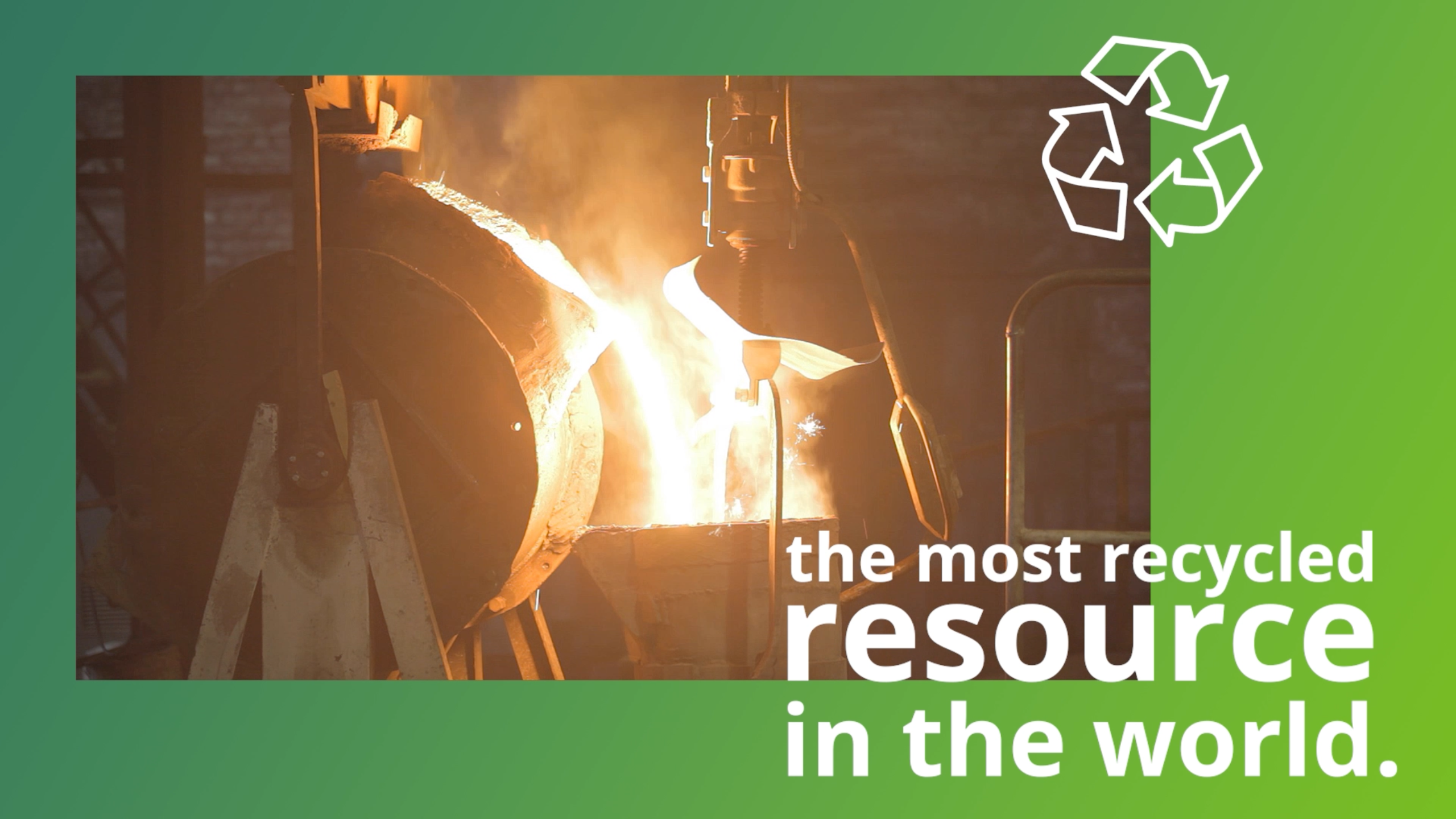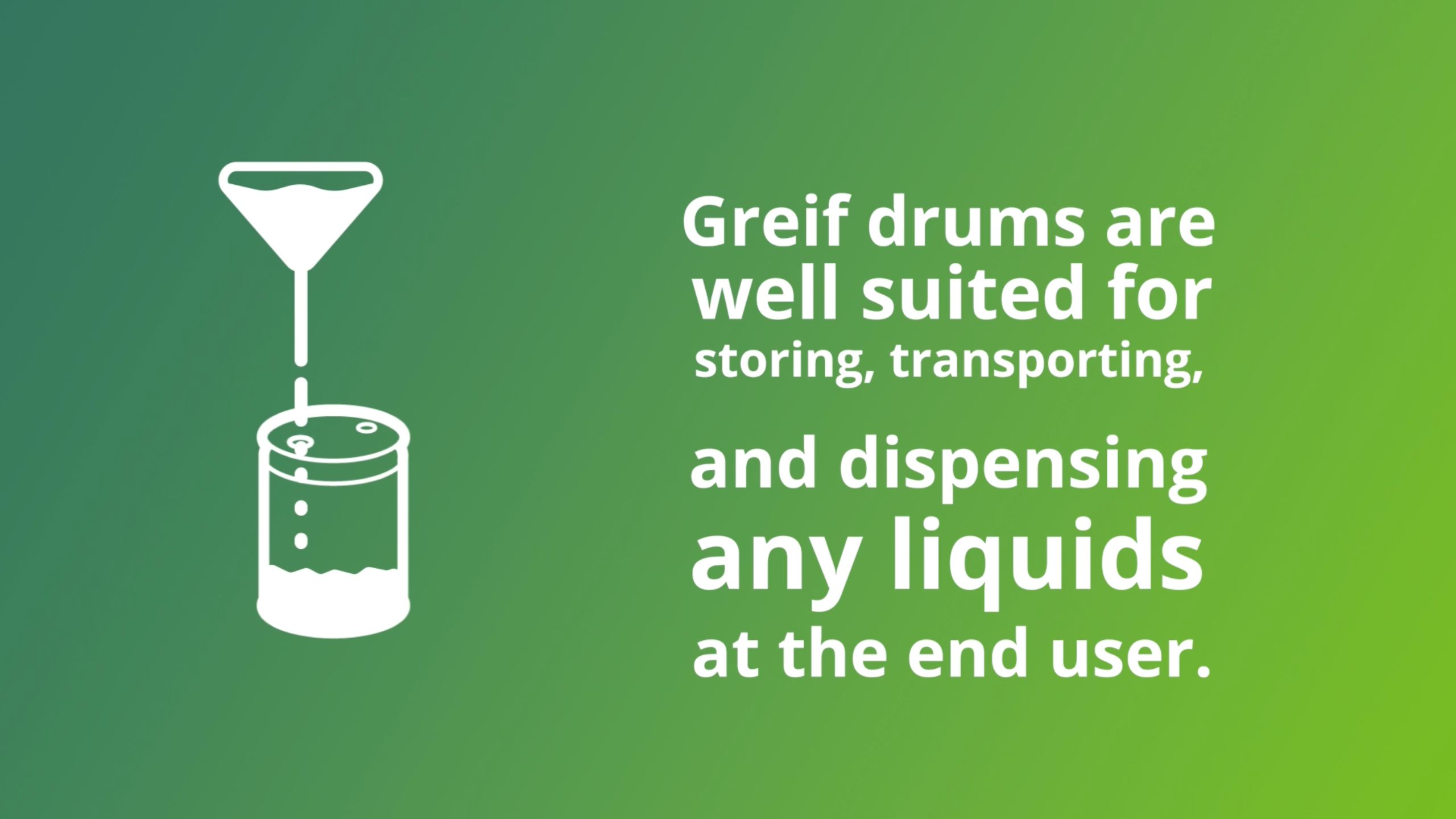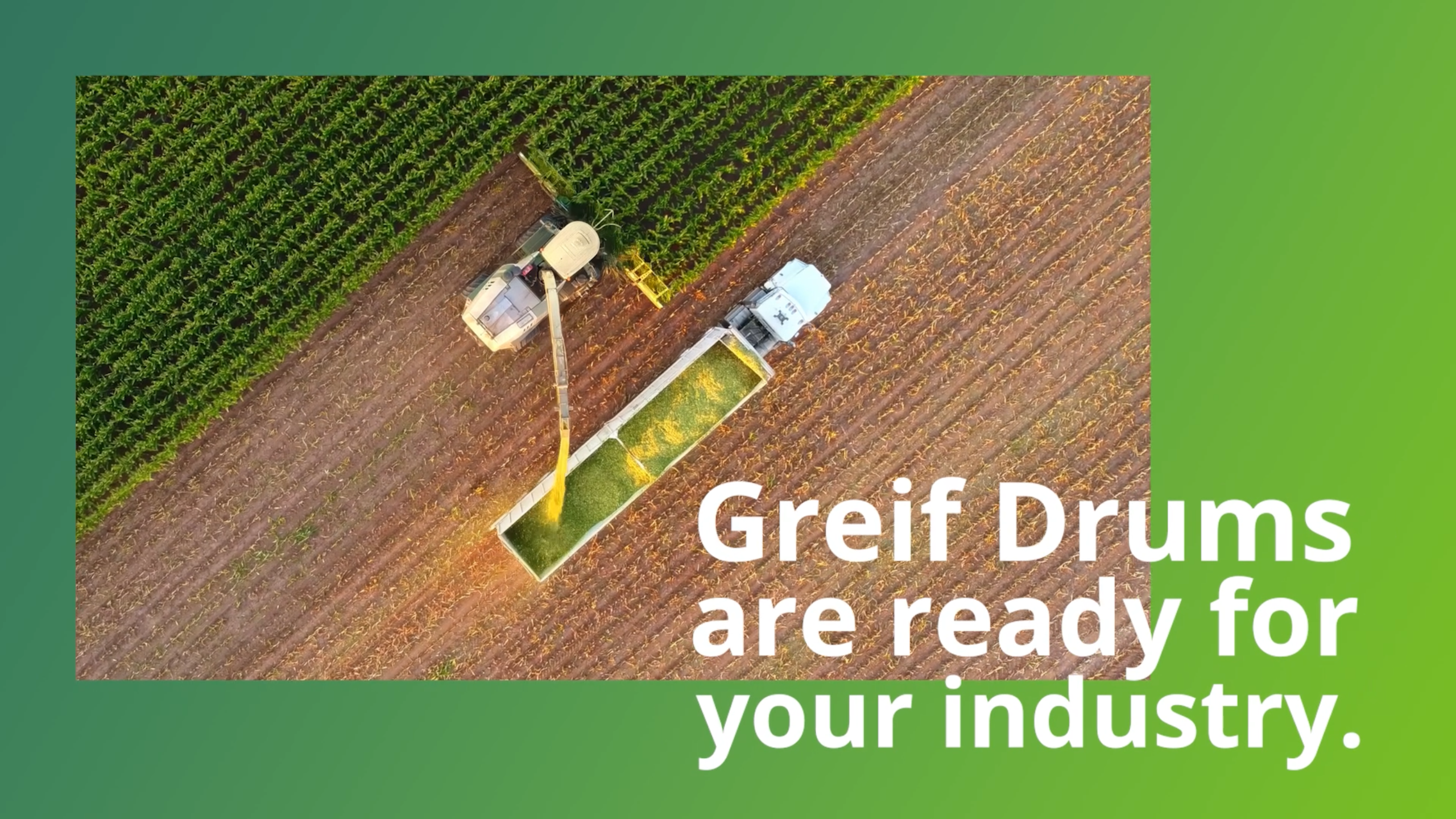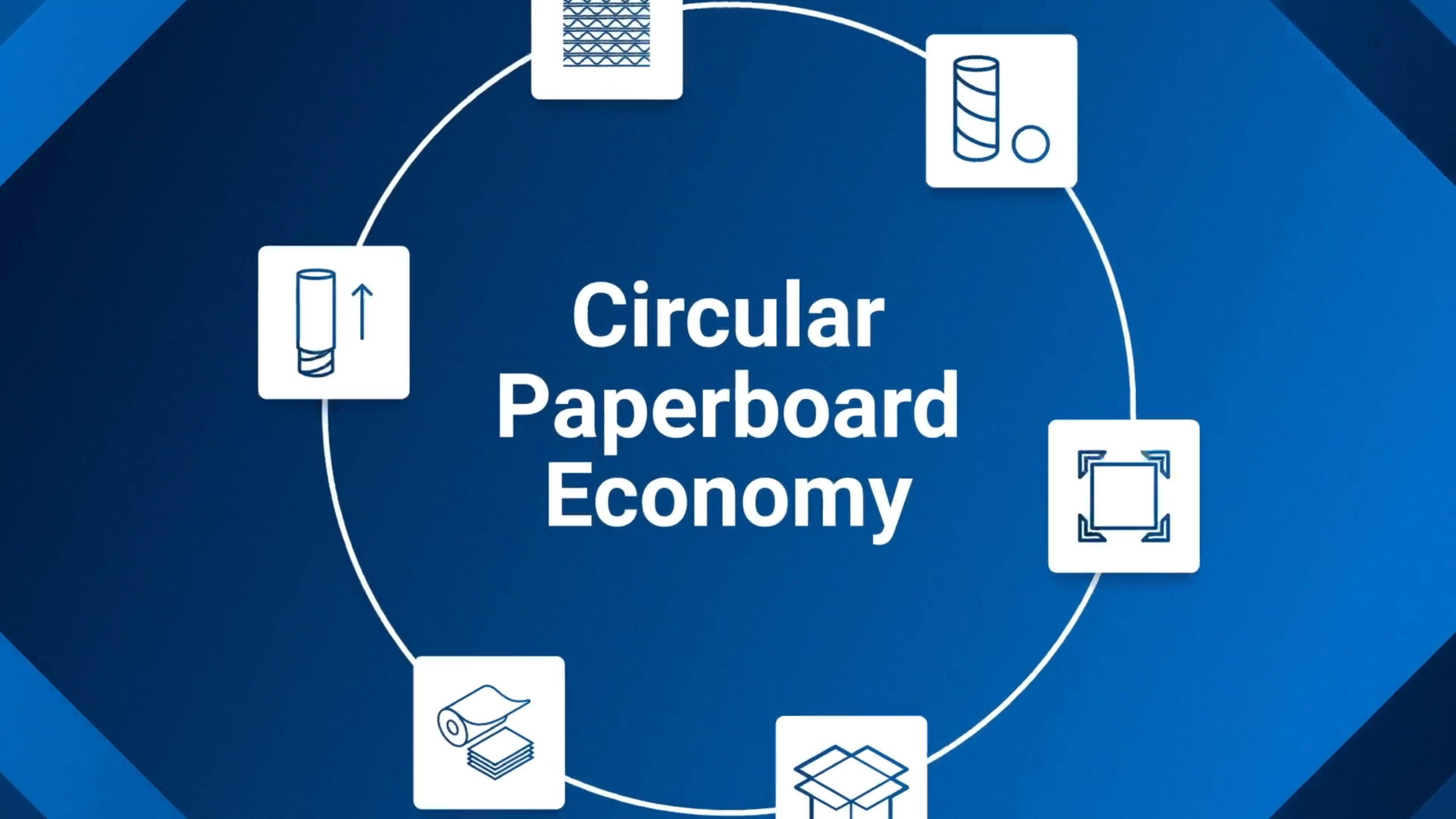Paper Packaging at Greif follows a robust circular economy supply chain. Greif is a leading recycler in North America, where our paper business is a net positive recycler.
We are serious about sustainability and focused on reducing the environmental impact of our products.
The circular economy process flow starts with collecting fiber from used Greif products and other sources and ends with producing 100% recycled paperboard products. Our recycling facilities compile and sort recovered fiber material, bale it, and deliver it to Greif paper mills.
Collected fiber gets broken down through a pulping process. Once the fibers are separated and free of contaminants, the paperboard sheet-making process begins. The “wet end” of the process transforms pulp into large spools of paper.
That paper gets processed through a dryer and winder system, resulting in a sheet roll destined for many industrial uses.
Internally, Greif uses paperboard to make tubes and cores of various diameters. These tubes and cores are used in many applications, including paper manufacturing, yarns, textiles, and carpet manufacturing. Recycled linerboard is used to make corrugated sheets for use in cardboard boxes.
When all these recycled products and boxes have fulfilled their original purpose, the cycle begins again with the collection of the recovered fiber completing Greif’s circular paperboard economy generation, collection, transportation, recycling, and manufacturing.
Following this cycle enables us to protect our future and be recognized as a global sustainability leader.
MORE INFORMATION ON CIRCULARITY:
SWAY: Building a Circular Economy
A circular economy aims to reuse and recycle materials continuously, eliminating waste and conserving natural resources. Circular economy principles are inspired by nature’s regenerative cycles, where organic products decompose and nourish the soil for new growth.
CIRCULARITY 101: A Digital Learning Mini-Series
Circularity is essential to helping us achieve our 2030 Sustainability Targets. It plays an important role in how we live our daily lives, protect planet Earth by reducing waste and emissions, and prolong our future for upcoming generations.
What is circularity? And how does it help? Let’s find out!

